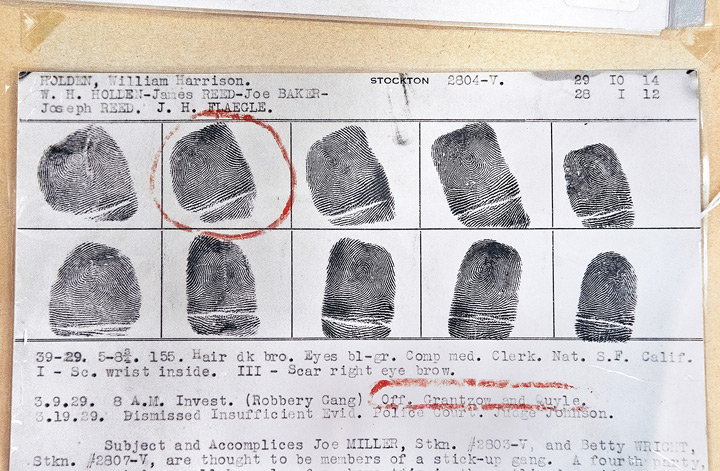
On the afternoon of May 23, 1928, a 77-year-old president “Newt” Parrish and his 40-year-old son, “Jaddo” Parrish were both at work in their Lamar bank. Four men, strangers to town, filed into the lobby. One approached the counter, smiled at the teller in the nearest window and calmly said, “Stick ’em up.” By the time the ensuing gunfire ended, the two Parrish men were dead and dying on the floor, and the Fleagle Gang had made off with cash and bonds worth more than $3 million in today's money.
Colorado Life editor Matt Masich recently wrote about the bank robbery in Lamar, notable not just for its violence but for its place in forensics history. Investigators pursued the four men for more than a year and 150,000 miles, by car, train and airplane. But it was a single fingerprint that brought the gang to justice -- the first time prints had ever been used to ID a suspect. The fingerprint specialist was able to match the prints by memory alone.








